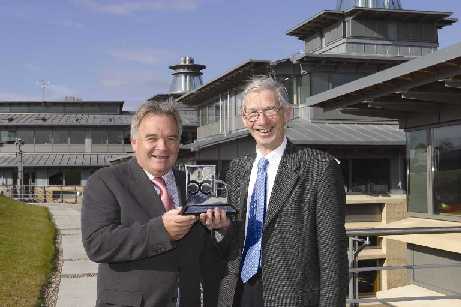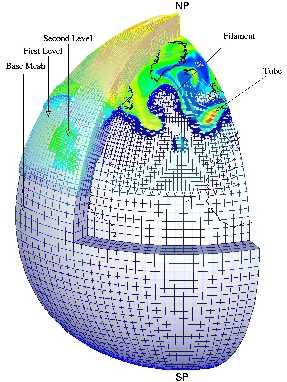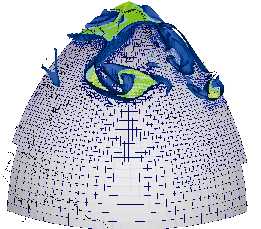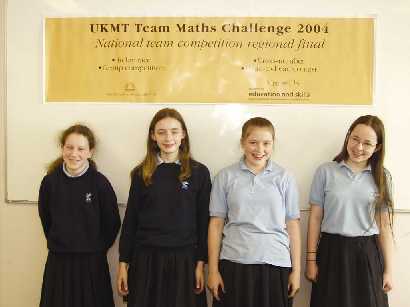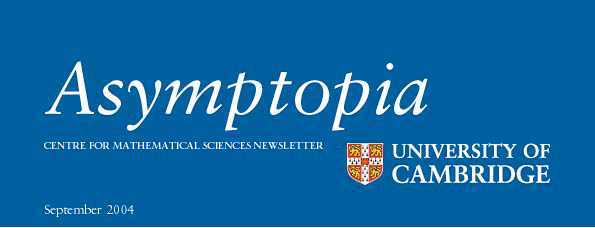 Contents |
CMS Colloquia
Nicholas Manton |
|
| Back to top |
Cambridge-MIT Exchange Program: Another View
Aaron Marcus |
|
| The Cambridge-MIT Exchange Program is run by the Camridge-MIT Institute (CMI), a joint initiative run by the University of Cambridge and the Massachusetts Institute of Technology. Following Dan Abramson's description of his year at MIT in the last issue of Asymptopia, Aaron Marcus describes his experience in Cambridge. | |
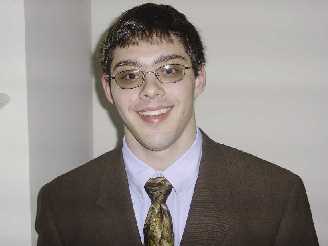 |
|
| Back to top | |
| To discuss any aspect of making a donation in support of mathematics at Cambridge, please contact Professor Anne Davis (A.C.Davis@damtp.cam.ac.uk) or Mr Christopher Hesketh (ch10002@cam.ac.uk). | |

